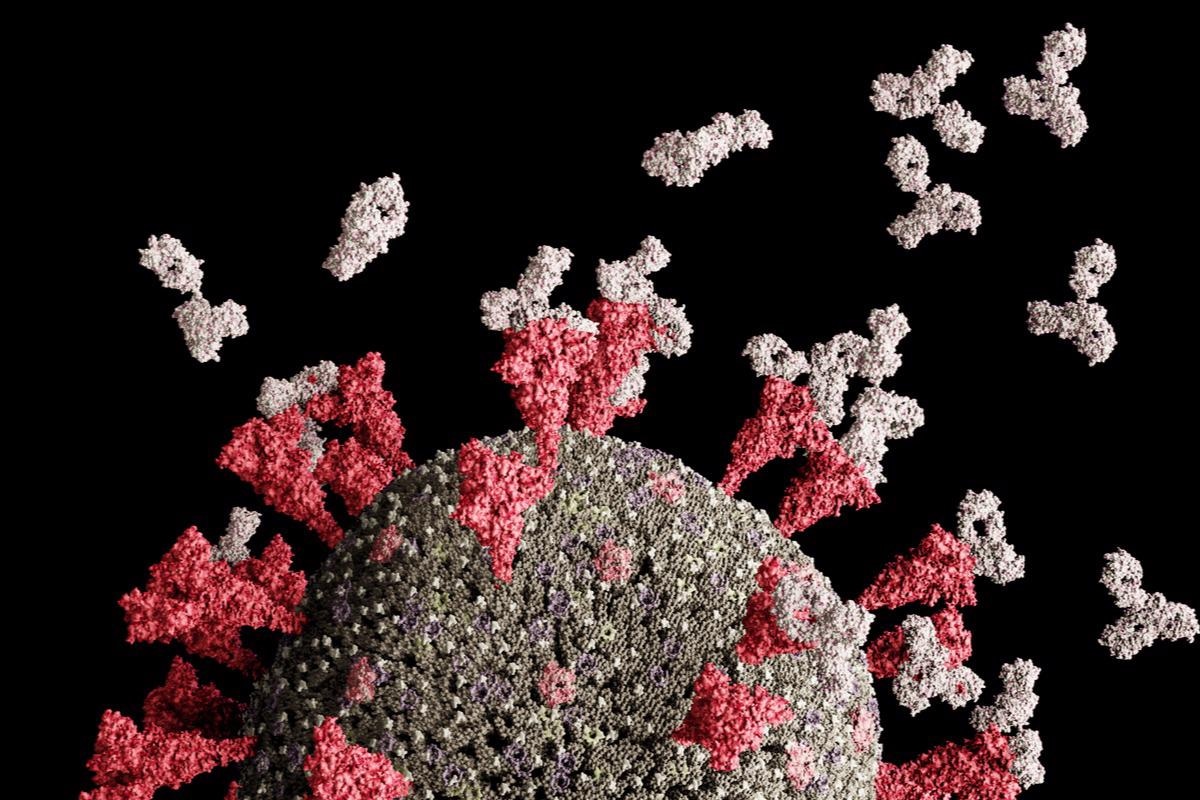Super-immunity in a camelid extensively immunized with the SARS-CoV-2 receptor-binding domain

A recent study published in Cell Reports reported the development of pan-sarbecovirus nanobodies (psNbs).

Background
Sarbecoviruses, including severe acute respiratory syndrome coronavirus 2 (SARS-CoV-2), pose a significant health risk burden. Factors like genetic diversity, natural reservoirs, and frequent recombination underlie the recurrent risk of sarbecoviruses. Therefore, developing broadly effective interventions against the current SARS-CoV-2 pandemic and emergent threats is indispensable. Increasing evidence suggests the evolution of B cells from convalescents and individuals vaccinated after natural SARS-CoV-2 infection, such that the secreted antibodies exhibit substantial potential against antigenic drift.
Most antibodies in vaccinated or convalescent subjects target SARS-CoV-2’s receptor-binding domain (RBD). Only a small subset of antibodies of the immunoglobulin G (IgG) subtype against the sarbecovirus family has been identified with varying breadth and potency. Nanobodies (Nbs) are small, natural, monomeric antigen-binding domains. They can be synthesized easily and rapidly in Escherichia coli and yeasts.
In a previous study, researchers of the present identified high-affinity Nbs neutralizing SARS-CoV-2 with high potency. Most such Nbs bind to the receptor-binding sites (RBS) and are less effective against emergent SARS-CoV-2 variants.
The study and findings
In the current study, researchers revealed that after multiple immune boosters with a recombinant SARS-CoV-2 RBD, serum Nbs exhibit substantial improvement against SARS-CoV-2 variants of concerns (VOCs) and a broad range of sarbecoviruses.
First, a llama was immunized with a recombinant SARS-CoV-2 RBD, fused with the fragment crystallizable (Fc) region of human IgG. The initial bleed was obtained two months post-priming and three boosters. Four additional boosters were administered over two months before collecting the booster bleed. The booster bleed had a higher affinity for SARS-CoV-2 RBD than the initial bleed. The Nbs from booster bleed exhibited increased neutralizing potency against SARS-CoV-2 Beta and Delta VOCs and SARS-CoV. Interestingly, the booster bleed showed broad and potent binding against RBDs from sarbecoviruses.
Using a quantitative Nb proteomic approach, the team identified high-affinity psNbs conferring broad-spectrum activity. Some highly divergent Nbs were expressed from the hundreds identified. They noted that 100 psNbs, which strongly reacted with SARS-CoV-2 RBD, also demonstrated cross-reactivity to other sarbecovirus clades. About 42% of these could bind to all four sarbecovirus clades. psNbs obtained from booster bleed exhibited greater and broader pan-sarbecovirus activity than those collected from the initial bleed.
The psNbs were stratified by epitope binning. The psNb-RBD complex competed with benchmark high-affinity Nbs such as Nb21, Nb36, and Nb 105. The psNbs were grouped into five categories. Group A psNbs competed with Nb21 and targeted RBS. Groups B and C psNbs competed with Nb105 and Nb36, respectively. Group D Nbs competed with none. Group E psNbs bound to RBD strongly but failed to neutralize pseudo-typed SARS-CoV-2 efficiently.
Seventeen psNbs from four groups (A to D) were assessed for binding to RBDs from SARS-CoV-2 VOCs and 18 other sarbecovirus RBDs. They observed that 16 psNbs could bind to all RBDs from all four sarbecovirus clades. Notably, seven exhibited remarkably broad activities and could bind to all RBDs. Sixteen of the 17 psNbs potently inhibited SARS-CoV-2 and its VOCs in vitro, inferred through pseudovirus assay and plaque reduction neutralization test (PRNT).
Further, the team fused two broad and potent psNbs to bioengineer a bispecific construct termed PiN-31, encompassing two distinct epitopes. This bispecific Nb improved the potency by 0.4 nM on PRNT relative to monomers. The structures of 11 psNb-RBD complexes were elucidated using cryo-electron microscopy (cryo-EM). Besides, X-ray crystallography was performed to determine the structures of two RBD-psNb complexes.
The authors found five distinct classes of conserved epitopes in SARS-CoV-2 RBD. These psNbs (except for one) do not overlap with RBD mutations in SARS-CoV-2 variants. The psNbs preferentially lock the RBD in the up configuration. Despite the distinct epitopes and orientations of psNbs, the small size of Nbs permits simultaneous binding of three Nbs to the spike trimer with high symmetry.
The class I psNbs were ultrapotent, neutralizing the virus by binding to RBS and preventing its interactions with the host receptor. Class II psNbs could efficiently neutralize virus by sterically blocking receptor binding. psNbs from classes III, IV, and V exhibited weaker neutralizing potencies.
Conclusions
The research team demonstrated that successive immunization of a camelid could result in super-immunity. The psNbs targeted smaller, flexible, flat epitopes of RBD, covering more than 75% of the conserved surface residues. Notably, the potency of psNbs was strongly and inversely correlated with the distance of epitopes from the RBS.
- Super-immunity by pan-sarbecovirus nanobodies, Xiang, Y., Huang, W., Liu, H., Sang, Z., Nambulli, S., Tubiana, J., Williams Jr., K.L, Duprex, W.P., Schneidman-Duhovny, D., Wilson, I.A., Taylor, D.J., Shi, Y., Cell Reports. doi: https://doi.org/10.1016/j.celrep.2022.111004 https://www.sciencedirect.com/science/article/pii/S2211124722007938
Posted in: Medical Science News | Medical Research News | Disease/Infection News
Tags: Antibodies, Antigen, Assay, Camelid, Cell, Coronavirus, Coronavirus Disease COVID-19, Crystallography, Electron, Electron Microscopy, Evolution, Genetic, immunity, Immunization, Immunoglobulin, in vitro, Microscopy, Nanobodies, Pandemic, Pseudovirus, Receptor, Research, Respiratory, SARS, SARS-CoV-2, Severe Acute Respiratory, Severe Acute Respiratory Syndrome, Syndrome, Virus, X-Ray

Written by
Tarun Sai Lomte
Tarun is a writer based in Hyderabad, India. He has a Master’s degree in Biotechnology from the University of Hyderabad and is enthusiastic about scientific research. He enjoys reading research papers and literature reviews and is passionate about writing.
Source: Read Full Article